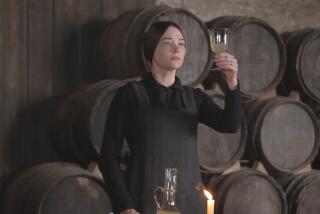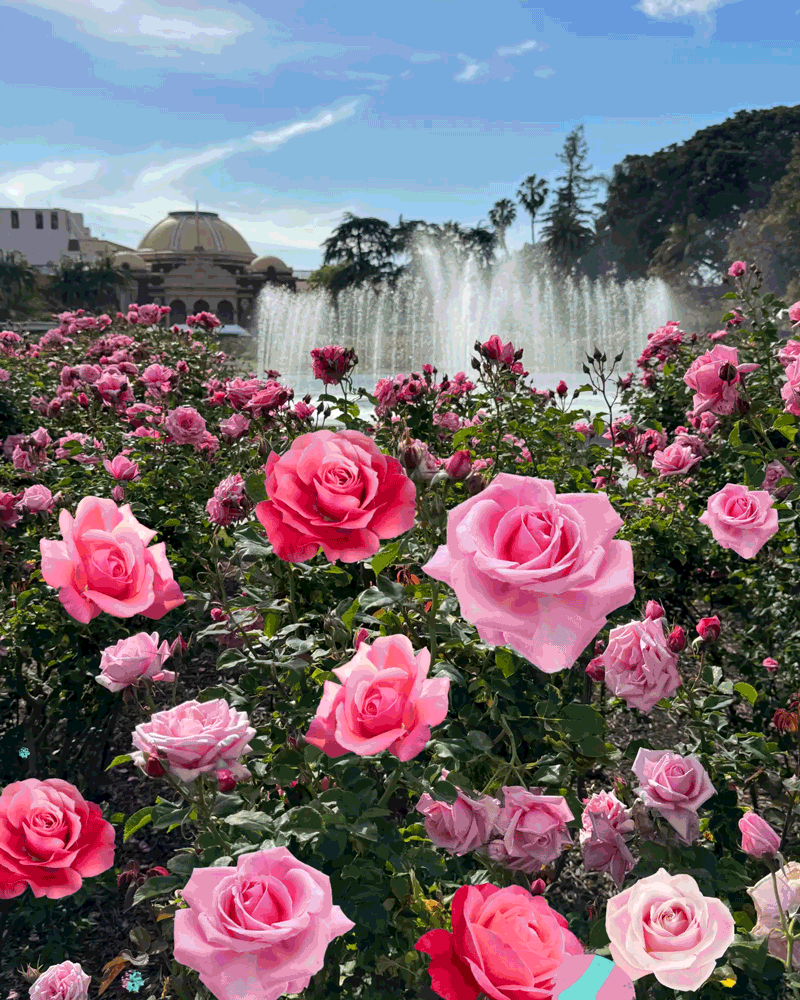Legendary French Rose Grower Continues to Blossom
- Share via
There is a suburb of Lyon, France, where soil, temperature and climate are so favorable to roses that 70 growers were centered there in the last century, each vying to create the finest rose in the world. All have left the scene now but one, wrote Tovah Martin in an article in the February issue of Victoria: Roseraie Guillot, established in 1829, a name with a lustrous legacy.
Jean-Pierre Guillot, the great-great-grandson of the founder, can recount stories of that time by the hour, dropping names of legendary figures in the rose world, telling of growers who jealously guarded their hybridizing secrets, of daughters who fell in love with sons of the competition and were forbidden to marry. But mostly, he warms to the tale of how, in 1867, his great-grandfather created a plant so splendid that it fathered a new race of roses, the hybrid teas, now viewed as the first step toward modern roses.
Other groundbreaking blossoms followed: His snow-white hybrid became the prototypical Polyantha; five years later, in 1880, he introduced a rose that would later father the Floribunda group. These form the foundation for the modern types.
In France, legendary rose families come and go, but the Guillots have endured. Jean-Pierre’s father, who trod in the family footsteps, died when Jean-Pierre was 10, but not before having inculcated his eldest son with the family legacy.
“I begged to be taught how to hybridize at the age of 8. I couldn’t fathom the mysteries, but I learned the method,” Jean-Pierre recalls. By the time he was 16, he had entered the family business.
Always, he has particularly loved the old roses and the scents that infused his youth. “Compared to les roses anciennes,” he says, “the modern types all lack diversity. They can grow very fast, it’s true, but they all look so similar. And their rapid growth and ease of cultivation are to the detriment of the perfume.”
True to his traditions, Jean-Pierre, with his cousin Dominique Massad, set out to forge yet another line of roses that would combine all the finest traits. In their breeding campaign, they strove for a panoply of colors and shapes--tall ramblers as well as miniatures--always demanding unwavering robustness. But most important, “I wanted people to be able to again put their nose to a rosebud and not meet with disappointment,” Jean-Pierre says.
The result is a plethora of perfumes far beyond his fondest expectations. Such novel scents as strawberry, apricot, anise, violet, grapefruit and honey are represented in the new Guillot line of Generosa roses. Jean-Pierre’s roses of tomorrow are just as sumptuous as yesterday’s flowers. For example, the hue of Martine Guillot varies from cream to palest coral, depending upon the light.
And the many-petaled romance of his Paul Neyron, Paul Bocuse and Sonia Rykiel blends perfectly with La France, the rose that began the hybrid tea group in 1867. The plentifully flowering Paul Bocuse is one of Guillot’s latest introductions, newly available in 1999.
But this is only a taste: Jean-Pierre promises many more rose introductions. With roots in the 19th century, reports Victoria, he is taking brave strides to carry Roseraie Guillot into the next millennium.


